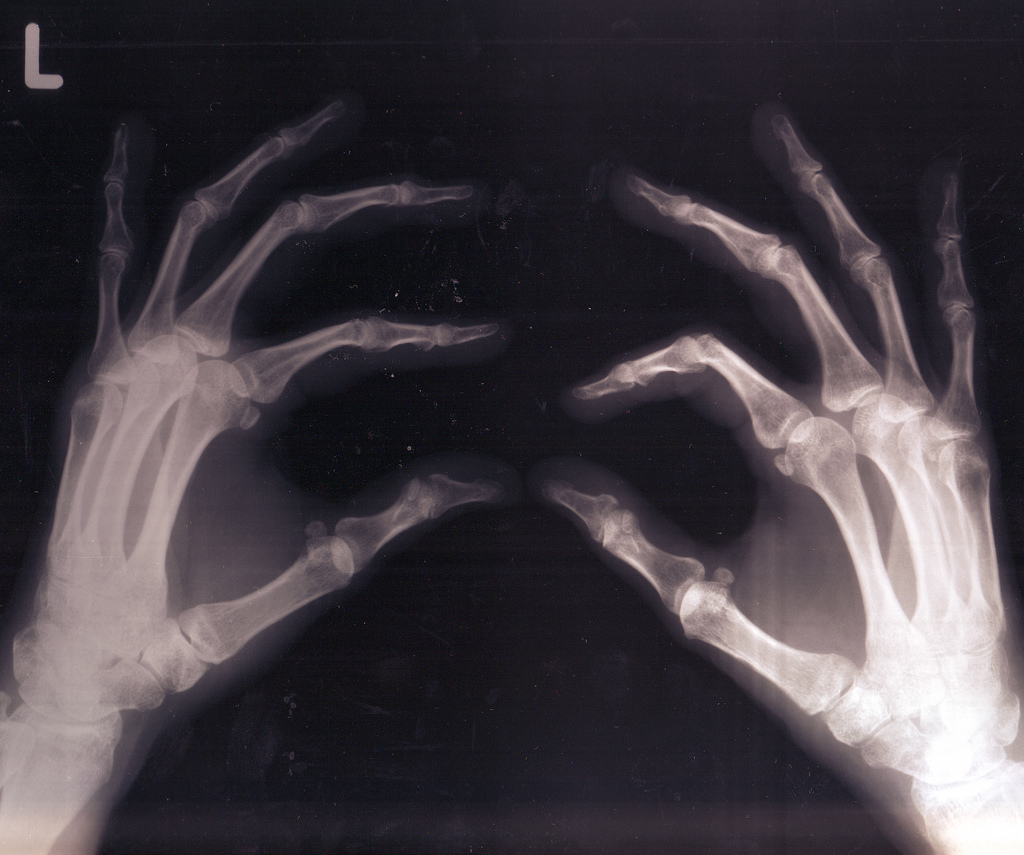
Have you ever visited a website and thought “Wow I can’t find anything I’m looking for” or, “That piece of information took ages to find”?
As services become further entwined across multiple digital devices and marketing channels, it’s more important than ever to understand why and how your stakeholders use your website to find the information they seek.
User experience or UX mapping provides a framework for plotting human interactions across a range of situations and scenarios, helping to ensure that every time your business connects with a person (ie: user), the connection is meaningful, significant and purposeful. There’s a sweet spot between your stakeholder’s needs and the needs of your business. UX mapping will help you find it and build a pathway between them. Thought also needs to be put into how your internal stakeholders (ie: staff) use the website.
To be sure we’re on the right track before any web design or development commences on a new project, we like to dig deep using a specific research framework.
Using the following UX mapping process to ensure our web design hits the mark, Ellis Jones performs:
- Internal stakeholder interviews with a variety of staff across different service areas
- External stakeholder interviews with a cross section of target audience members
- Desktop review of competitor websites
- Desktop review of client’s current website presence
- Analysis of Google Analytics statistics of client’s current website
- Heatmapping exercise to uncover how users use current website
- Card sorting exercise to organise content and navigation menus
The outcomes of this exercise means we can:
- Define specific organisational and user requirements of the website
- Identify what is working and what is not working on a current website
- Identify best (or worst!) practice approaches across direct competitors and other sites of note
User experience mapping is a way to better understand the impacts of what we’re designing on the end user – be it internal staff members or external stakeholders. It helps us to rationalise and prioritise our thinking and create a hierarchical order of content which will ultimately result in better business outcomes.
When you start looking at your website as your ‘home’ on the internet, you want those who visit to feel comfortable, supported and understood. A beautiful experience for all who come into contact your website is the end goal.

